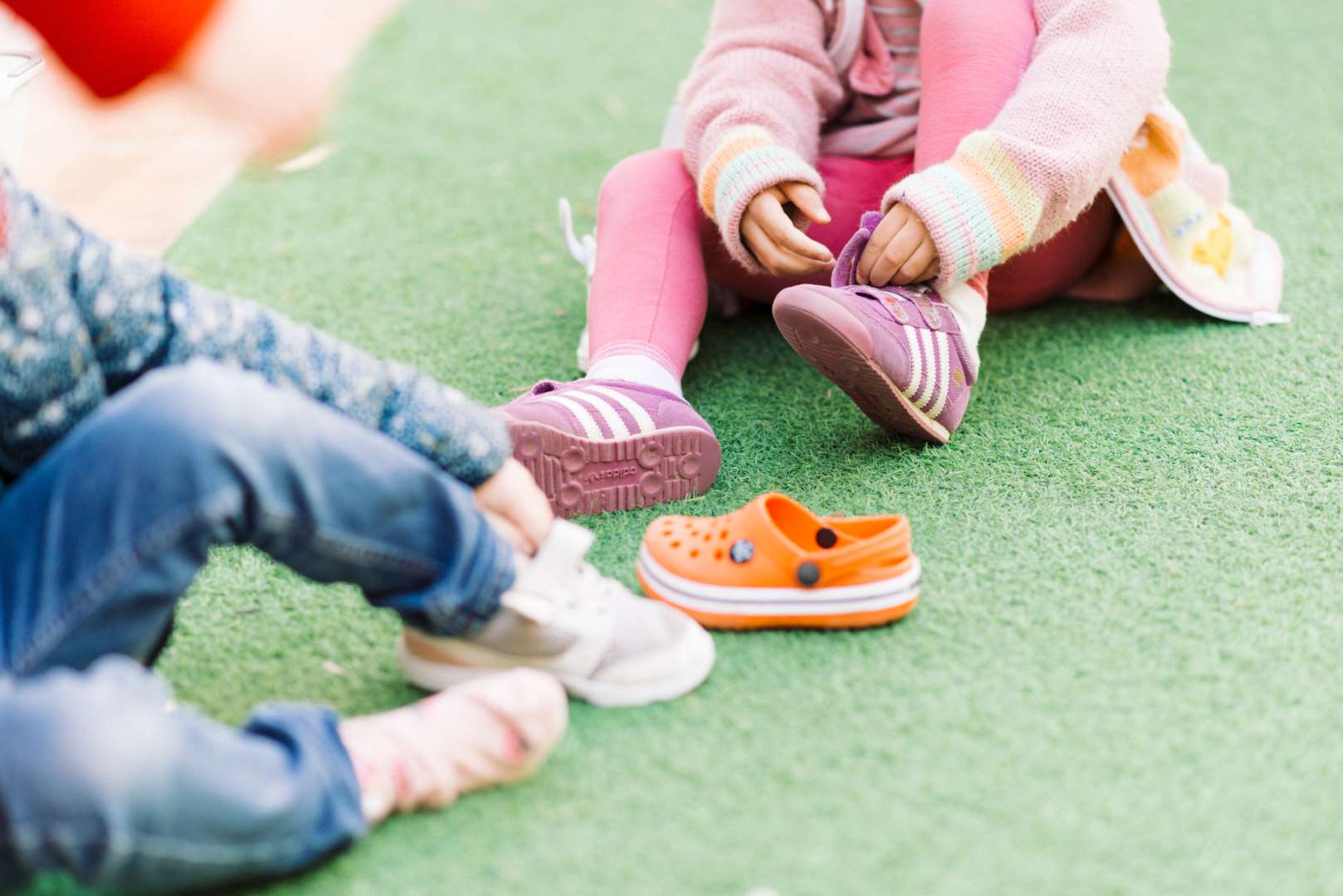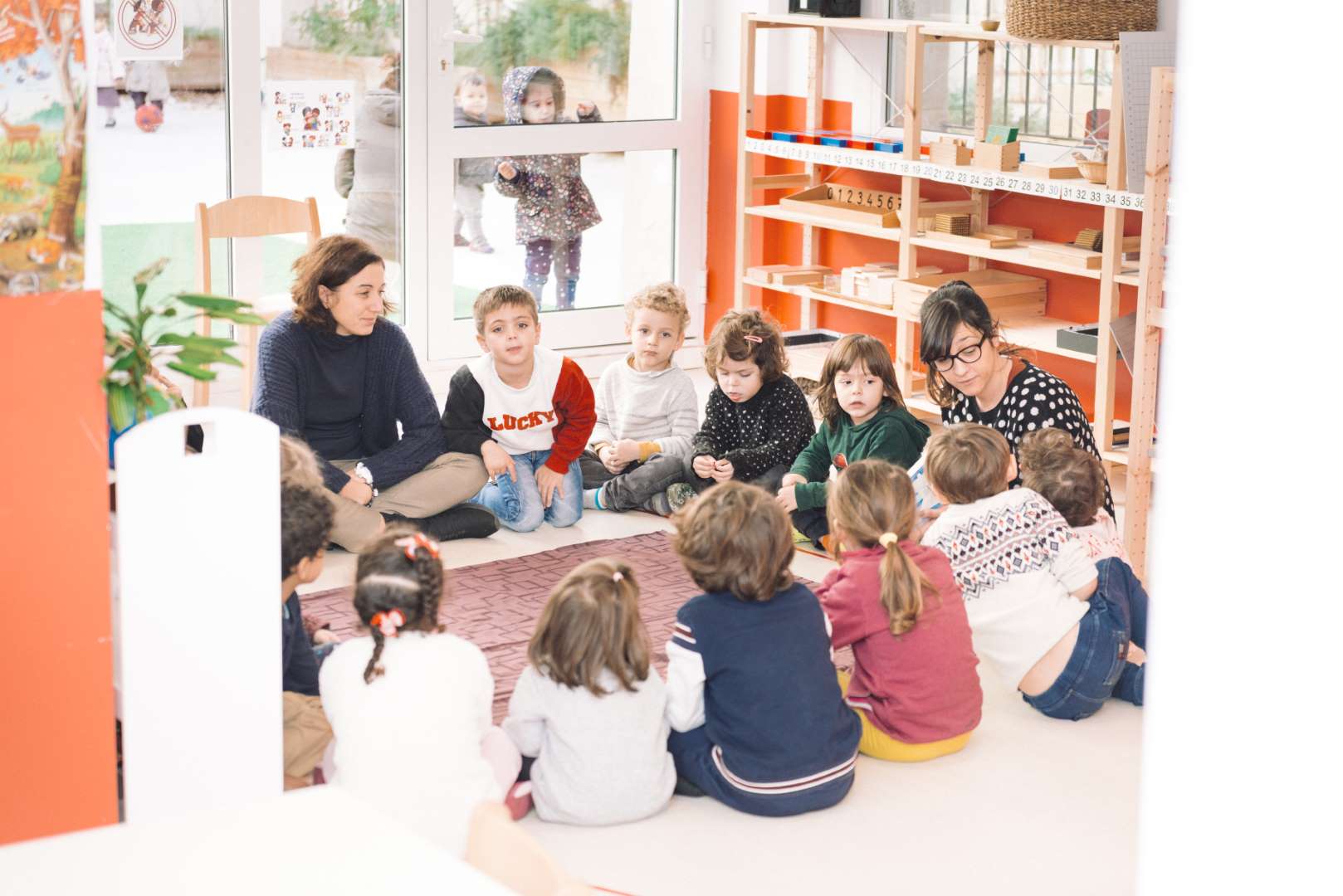The Pedagogy at Moderato
At Moderato School, we are committed to making students responsible for their own development and active participants in their learning by providing them with a stimulating environment that nurtures their desire to learn. The school is dedicated to fostering the fulfillment of each student by cultivating their interest and enjoyment in learning.
Encouraging Autonomy
To promote the development of autonomy, children can, during designated times, choose activities from a selection that aligns with their sensitive periods—times when they naturally acquire certain skills.
Every morning and afternoon includes a period of independent activities (individual tasks). These are divided into five main learning areas in preschool: practical life, sensory activities, language, culture, and mathematics. In primary school, the practical life and sensory areas are replaced with new subjects.
Personalized Teaching
Recognizing the uniqueness of each student, our education professionals provide individualized support and tailor instruction to each child’s strengths and abilities.
Our classrooms offer a wide range of independent activities, primarily using Montessori materials, allowing each student to choose and develop their skills at their own pace.
To also foster the social skills necessary for integration into a learning community, students work in small class groups. This structure enables them to progress at their speed while benefiting from a collaborative learning environment.
Mixed-Age and Multi-Level Classes
- Infant Community (15 months – 3 years old): A warm and secure space designed to meet the needs of young children, fostering exploration and discovery.
- Kindergarten Class (Cycle 1, ages 3–6): Encourages autonomy, curiosity, and fundamental skills while respecting individual learning rhythms.
- Elementary Class (Cycle 2, ages 6–9): A dynamic pedagogical approach where students deepen their knowledge and develop cross-disciplinary skills while collaborating with peers.
Multilingualism
- English-taught subjects such as music and yoga (as part of physical education).
- Spanish lessons, integrated into activities like swimming and dedicated language instruction.
- Exposure to Catalan, introducing small concepts throughout the year to encourage curiosity about this regional language.



